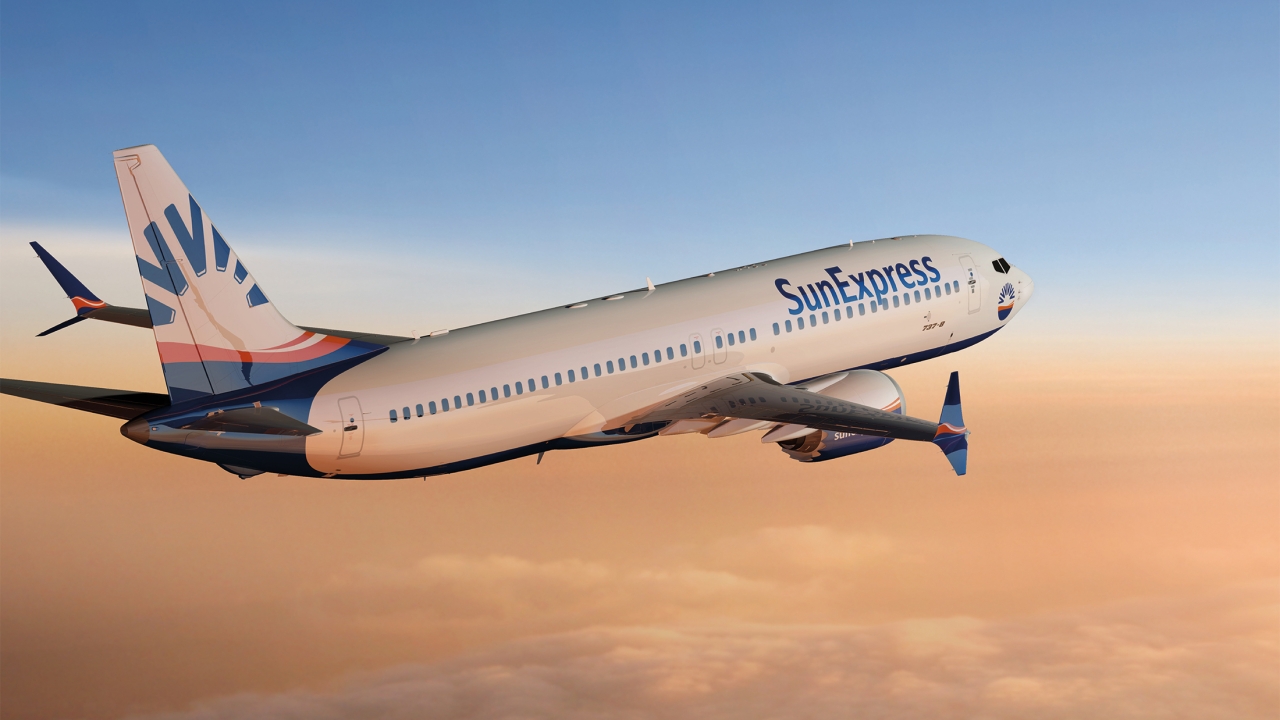L-3 wins Iraqi F-16 trainer contract

The contract was awarded by the U.S. Air Force Life Cycle Management Center at Wright-Patterson Air Force Base, Ohio. This contract modification follows L-3 Link’s November 2012 award to build two F-16 Block 52 Full Mission Trainers (FMTs) for the IqAF.
Plans currently call for the first F-16 Block 52 FMT to become ready-for-training during the first quarter of 2015. The remaining training devices, brief/debrief systems and mission observation center are scheduled to achieve ready-for-training milestones during the fourth quarter of 2015. All of the training devices and support systems will be installed at Balad Air Base in northern Iraq.
“L-3 Link looks forward to providing a comprehensive training system that will enable Iraqi F-16 pilots to enhance their tactical skills over a full range of mission areas,” said Lenny Genna, president of L-3 Link. “The high-fidelity F-16 Block 52 Full Mission Trainers, for instance, will allow pilots to gain training credit equivalent to live training while conducting either new or advanced skills training.”
Each F-16 Block 52 WTT combines a tactically relevant physical cockpit with a single out-the-window visual display monitor. The WTTs use the same high-fidelity computational system, software and models that are integrated on the FMTs. As a result, the WTTs can be networked to the FMTs to support four-ship tactical team training.
The F-16 Block 52 FMTs currently being built will enable pilots to conduct simulated air-to-air and air-to-ground combat exercises. During training exercises, Iraqi F-16 pilots will wear L-3 Link’s simulated joint helmet-mounted cueing system to control sensors and weapons through visual cueing. The FMTs’ visual system solution will enable pilots to acquire and identify targets, as well as accurately deliver a wide range of ordnance over a 360-degree field-of-regard. Pilots will be able to practice takeoffs and landings, aerial in-flight refueling, low-level flight and emergency procedures. All training exercises, which will occur within a virtual, geo-specific database, can be conducted in a variety of simulated weather conditions.
Stay up to date
Subscribe to the free Times Aerospace newsletter and receive the latest content every week. We'll never share your email address.

